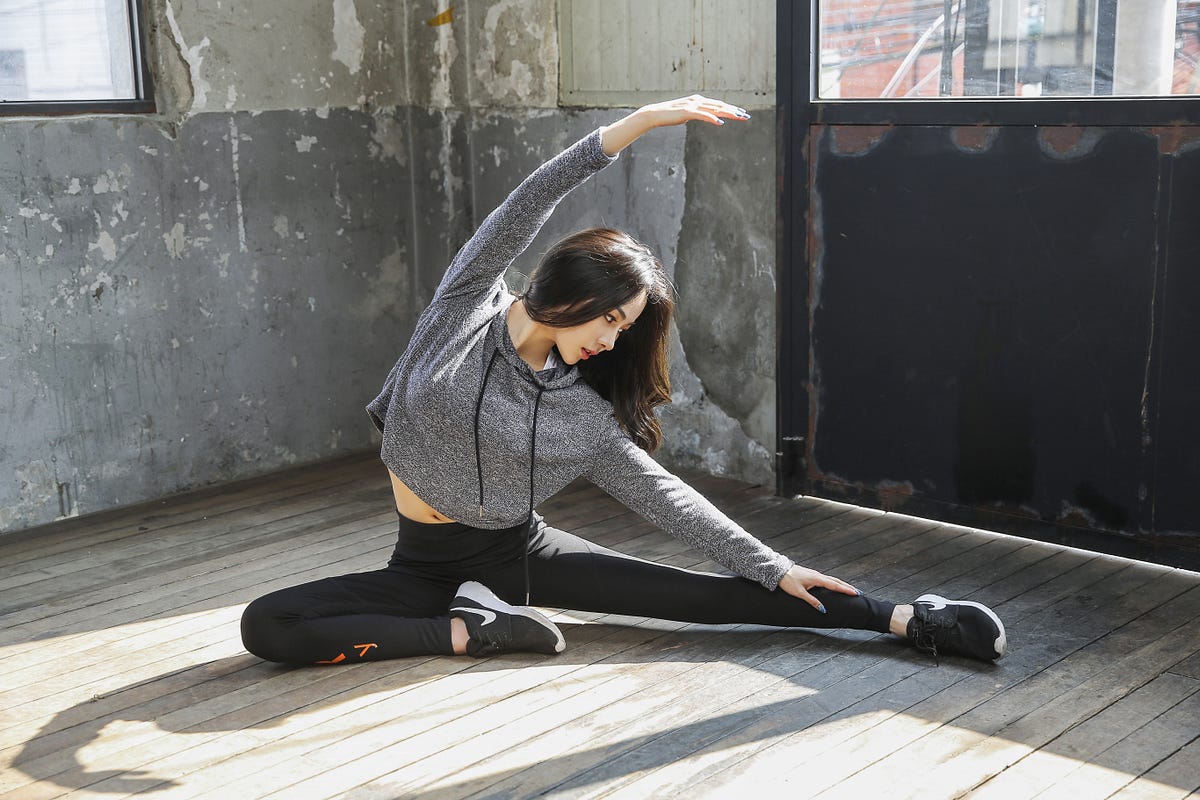5 Best No-Equipment Lower-Body Strength Exercises for Women
You can do these lower body exercises every day, and they don’t include squats or lunges!

You can do them every day, and these don’t include squats or lunges!
A fitness routine isn’t complete without a lower-body workout.
Lower body exercises boost fat metabolism. These exercises target major muscle groups contributing to overall fitness. Some benefits of lower body training in women include:
- Tones and sculpts legs
- Strengthens core muscles
- Boosts athletic performance
- Regulates hormonal imbalance
- Improves body posture and balance
- Reduces the risk of injury and lower back pain
- Reduces the risk of developing arthritis, diabetes, and heart disease.
If you think strength training isn’t for women because of the perceptions around it, here’s something you need to know. According to Akshita Arora, Advanced Coach, FITTR, if women include strength training in their routine by following the right technique, pace, and form, there’ll be no adverse effects.
A 2017 study concluded strength training in women reduces the risk of developing type 2 diabetes by 30% and heart disease by 17%. The chances of osteoporosis also increase in women after menopause. This makes strength training even more important for women as it reduces the risk of osteoporosis by improving bone density and muscle mass.
I usually hate squats, lunges, and jumps. After consulting with my fitness trainer, I’ve designed a lower-body workout for women that’s super effective but doesn’t include any of the above three moves.
I’ve already made this lower-body exercise regime a part of my routine. Unlike going to the gym, they don’t require much of your time or equipment. You can do them daily with upper body workouts to gain muscle and be strong while working from home.
Here’s a quick disclaimer for you before you start this routine on your own.
- I’m not a professional trainer, and this article is based on my fitness journey and experience.
- If you’ve any medical condition, don’t start without consulting your doctor.
- Include a warm-up routine before starting lower body exercises, and be consistent with your training sessions.
- Listen to your body and don’t burden yourself unnecessarily.
5 daily lower body strength exercises for women
Here are the best five exercises you need in your lower body strength training to take your fitness game to the next level. Perform 15–20 reps of each exercise in order. Rest as little as possible between the moves. Repeat for 2–3 sets.
1. Calf Raise
Calf raises are best to build stronger calf muscles. They enhance ankle mobility and stability, thus reducing the risk of injury. Two major muscles of your lower legs, the Gastrocnemius and Soleus are actively involved in calf raises.
- Stand with your feet hip-width apart and hands on your waist.
- Slowly raise your heels off the ground, shifting your weight onto the balls of your feet.
- Hold the pose for 2–3 seconds.
- Return to the original position by slowly lowering your heels to the floor.
- If you’re a beginner, you can take support by placing your hands on a wall or chair.
Maintain slow and controlled movements throughout to maximize the benefits of calf raises. Hold the pose for 1–2 seconds at the top and bottom of the movement for better results.
2. Kneeling Hinge
This lower-body exercise targets the lower back muscles, hip flexors, glutes, and hamstrings.
- Start with kneeling on a mat with your hands on your hips.
- Slowly hinge forward at your hips, keeping your back straight and core engaged.
- Lower your upper body until you feel a stretch in your hips and thighs.
- Hold the stretch for a few seconds, then lift your torso back up using your glutes and core.
- Maintain slow and controlled movements throughout the exercise.
Kneeling hinges promote hip flexibility and lower body stability. It also alleviates lower back pain and boosts performance for other physical activities.
3. Wall Sit
The muscles used in the wall sit include the hamstrings, glutes, calves, and quads.
- Stand with your feet hip-width apart, pressing your back against a wall.
- Slowly slide your back down the wall until your thighs are parallel to the floor.
- Don’t let your knees go past your ankles.
- Hold the sit for 30 seconds and the push-up with your legs to stand again.
- You can increase the hold to challenge your capacity with time.
Continued practice of wall sits increases your muscular endurance. This lower body exercise also engages abdominal and lower back muscles that elevate your stability.
4. Glute Bridge
This lower body movement is best known to activate your glutes and hamstrings. Glute bridges are low-impact exercises and are beneficial in increasing the stability of the core, lower back, and hip muscles.
- Lie on your back with bent knees and feet hip-width apart pressed against the floor.
- Place your arms by your sides with palms facing downwards.
- Lift your hips by pushing your heels into the floor while squeezing your glutes.
- Your shoulders and upper back remain on the floor, and your knees are stacked over the ankles.
- Hold this position for a few seconds, then return to the initial pose by gradually lowering your hips.
- The core muscles are also engaged throughout the exercise.
Pro tip: Move with control while doing glute bridges to avoid injury. You don’t feel the burn in your quads if you’re using the right muscles.
5. Single-leg Glute Bridge
It’s a unilateral modification of the standard glute bridge exercise. It enhances the strength and flexibility of the glutes, hips, and lower back. This variation also improves the spine and core stability and enhances the posture.
- Lie on your back as the glute bridge with bent knees, feet on the floor, and arms by your sides.
- Lift your right leg and flex your foot. You can also keep your raised knee slightly bent.
- Raise your hips off the floor by engaging your glutes and pressing your left foot against the floor.
- The core muscles are engaged the entire time.
- Hold the pose at the top for 1–2 seconds. Complete 15–20 reps, then switch your legs.
Single-leg glute bridges reduce knee pain. If your work includes long sitting hours, you must include this exercise in your lower-body training.
Conclusion
I used to hate leg days at the gym.
But these simple body-weight exercises for the lower body have helped me fall back in love with training my legs and glutes.
While starting a home workout regime, it might feel natural to compare your form and strength with the online instructor. But remember, every person’s body is different, and so is their journey.
Your only competition is with yourself. If you’re performing even 1% better than the previous day, it’s certainly a win.
It’s natural to feel tired and weak in your first few days. The important thing is to show up every day and keep pushing on.
The number of reps isn’t important. Your form and posture are the first steps to incorporating an at-home lower-body strength training exercise regime into your routine.
